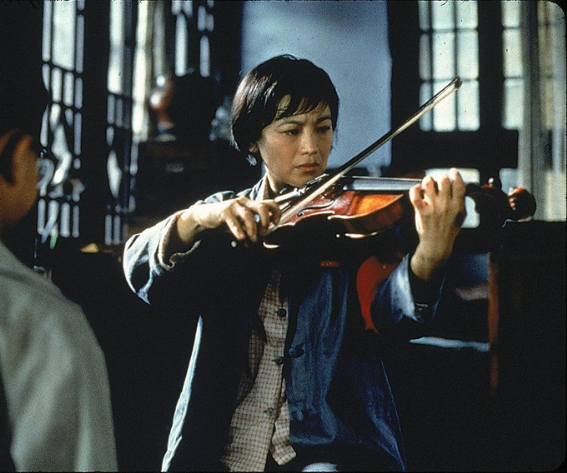Lithuanian cinema has made itself heard silently but powerfully within the world cinematic landscape of the past few decades. Grounded in realism, social cause, and close affinity with national identity, Lithuanian films give spectators an image of the nation’s evolving cultural heritage. While other nations in the region, like Poland or Estonia, have become wont to hog the spotlight in European film communities, Lithuania’s growing output is catching up — with a distinctive voice that’s close, uncompromising, and distinctly its own.
From documentary fare to dramas and black comedies, Lithuanian filmmaking tends to be about small, personal stories that tell something about large social issues. There is always a try at realism — folks are multi-dimensional, locations look lived in, and stories never rely on spectacle. Rather, they provide subtle tension, subtextual humor, and deeply human moments.
Emerging Talent and Acclaimed Works
There have also been global successes in the recent years of movies like Nova Lituania (2019) and The Summer of Sangailė (2015). The first, a period black-and-white drama by Karolis Kaupinis, is a remarkable account of political unrest and identity from the pre-WWII years. The first, by Alantė Kavaitė, is a graphically beautiful and emotionally charged coming-of-age movie set against the backdrop of an air camp and which was in focus at Sundance.
Documentary filmmaking has also become one of Lithuania’s strongest film assets. Directors such as Audrius Stonys and Giedrė Žickytė have brought Lithuanian stories to the global stage. Žickytė’s The Jump, for instance, tells the gripping Cold War tale of a Lithuanian who jumped onto an American ship to escape the Soviet regime — a thrilling mix of political history and human courage.
Themes That Resonate
What distinguishes Lithuanian cinema is its acceptance of uncertainty and ambiguity. Its filmmakers do not have clear heroes or villains but rather explore the manner in which ordinary people cope with love, loss, war, and change. The result is a body of work that’s both familiar and universal everywhere.
Youth and generational identity are common subjects as well. Films like Sasha Was Here and Isaac chart the lives of youth in contemporary or historical Lithuania, grappling with alienation, trauma, and maturation. They are especially relevant given the country’s own complicated history — from statehood to Soviet domination to EU integration.
Where to Watch and What’s Next
As Lithuania’s cinema business grows, so does its visibility in the international festival scene. Increasingly, Lithuanian submissions find their way into festivals at Cannes, Berlinale, and Karlovy Vary. This publicity not only covers the cost of future productions but also encourages more young directors to turn filmmaking into a career — boosting the country’s creative industry.
At home, streaming sites, art house cinemas, and public-funded platforms have made Lithuanian films more accessible than ever before. This cultural effort is supported by a growing interest in local narrative, as part of wider efforts to develop Lithuanian content in sport, literature, and other media like gambling and banking. As sports betting becomes increasingly accessible, especially through local platforms like Twins Bet, it will be interesting to see how Lithuanian filmmakers respond. Could this trend inspire a new wave of stories—ones that explore how modern technology and online platforms change the way people interact with risk?
Conclusion
Lithuanian cinema doesn’t yet have a vast commercial market, but it is strong in sincerity and voice. Each film has a story that’s closely rooted in the nation’s culture, inspired by its past, and driven by its future. When more audiences discover the depth of these films, Lithuania can become one of the most compelling narrators of the Baltic states on screen.









Leave a reply